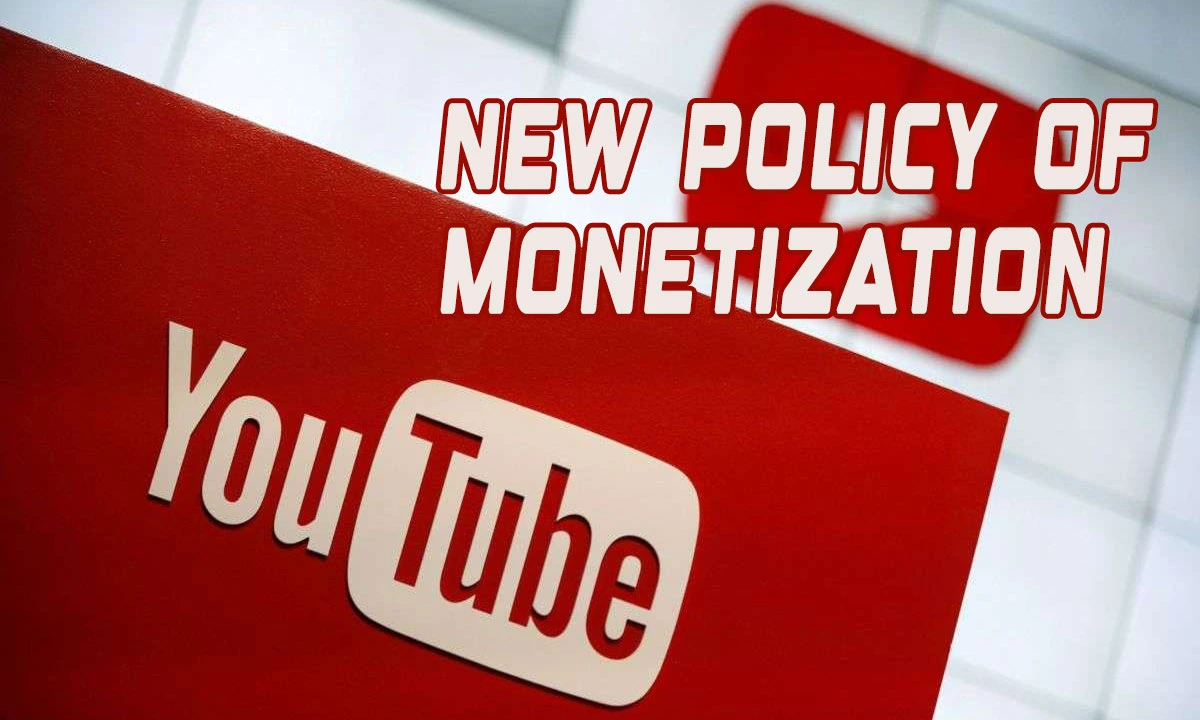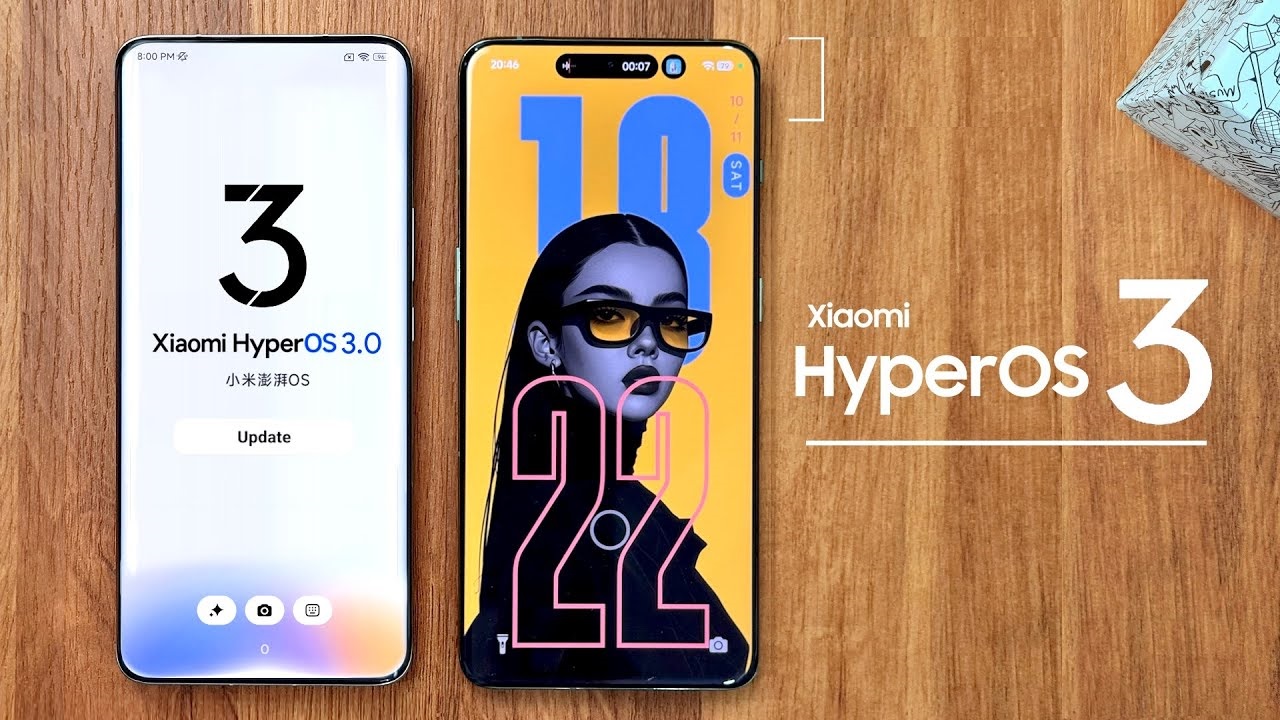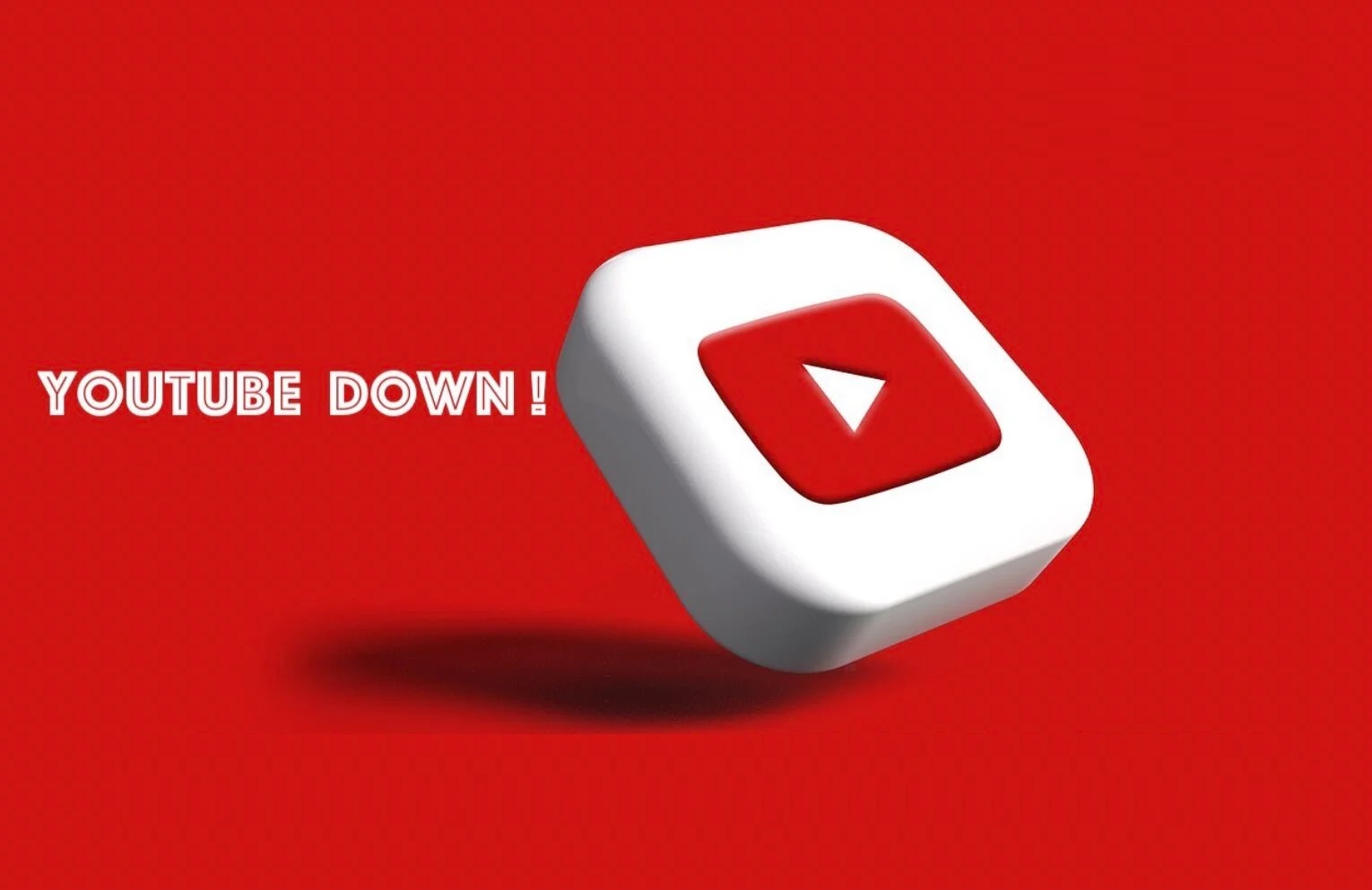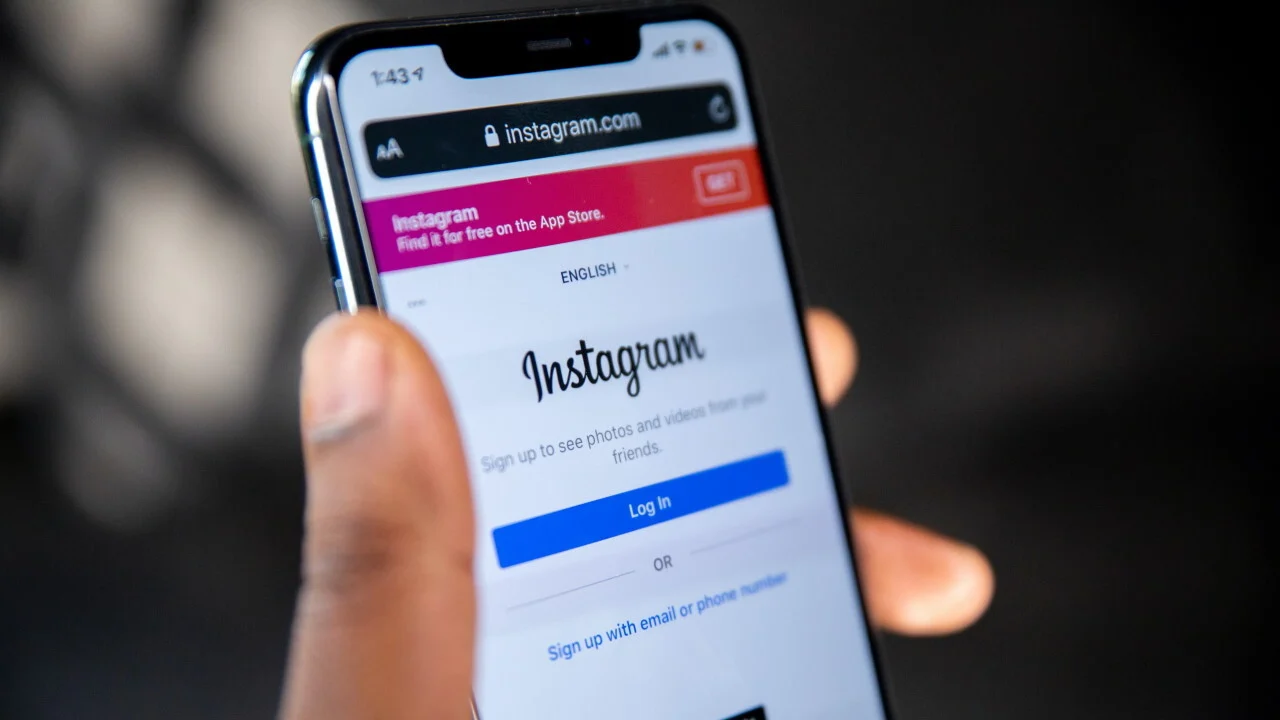YouTube Monetization Rules Unveiled: Boost Earnings in 2025!

YouTube Monetization Rules: YouTube is changing the game for creators with new monetization policies launching on July 15, 2025. These updates will encourage creativity and genuineness and penalise low-effort or repeated videos. As a veteran YouTuber or newbie, knowing these changes is essential to getting the most out of your earnings. Let’s explore what is happening and how it impacts creators globally, including those producing short-form content.
YouTube Monetization Policies News
YouTube’s fresh policy change is quality in moderation. YouTube is interested in making the viewer feel good with quality, original material and rewarding creators who actually put some work in more. YouTube will clamp down on what is and isn’t considered monetisation beginning mid-July, prioritising content that provides value in terms of quality edits, interesting stories, or authentic voices. This is significant for creators who depend upon ad income or YPP as a means of living.
YouTube Monetization Rules Update
The update, which comes into effect on July 15, 2025, is aimed at “inauthentic” content such as factory-produced material, reused videos with minimal edits, or sloppy slideshows. YouTube is further developing detection technology that will catch these types of videos, which will be denied AdSense or YPP revenue. The site hasn’t outright prohibited AI tools, though; AI voices or AI-created content could still be monetized if they’re part of novel, innovative content. A clip using AI voices but having original narration or original edits, for instance, might still be allowed. Artists are therefore nudged towards concentrating on content with their own stamp.
YouTube Monetization Rules in India
Indian creators see these policies as a challenge and an opportunity. India’s YouTube community is gigantic, with millions of creators producing all kinds of content. The new policy forces creators to be creative and original so that they can stay monetised. Sloppy reaction videos or raw clip montages, which thrive in some niches, might get demonetised. Conversely, India’s strong storytelling tradition, think travel blogs, food cookery, or cultural commentary, aligns perfectly with YouTube’s promotion of authentic content. Indian creators can differentiate themselves by including personal experiences or native flavour in their videos, provided they adhere to the revised guidelines.

YouTube Monetization Guidelines 202
Looking ahead to 2025, it’s plain what YouTube’s priorities are: to reward creators who make novel and engaging content. The platform is cracking down on reusing past clips with no added value or templating work. To stay in good standing and be eligible for monetization, creators should:
- Include new commentary or a response to reused content.
- Use thoughtful editing to transform raw clips into something new.
- Create content that educates or provides something that the audience didn’t know before. Such rollouts force creators to get better, but they also make the playing field even for creators who are already doing a great job.
YouTube Monetization Policies 15 July 2025
YouTube will clamp down more tightly on content eligibility as of July 15, 2025. Videos that totally depend on AI voice or visuals with no beneficial edits stand a chance to lose monetization. A slideshow based on generic images and auto-narration, for example, might simply be removed. That being stated, YouTube explains that “unoriginal” content never qualified to begin with; this change simply improves their tech to identify it. Content creators should review their clips to make sure they pass the new requirements before uploading.
YouTube Monetization Policy for Shorts
YouTube Shorts, the short video answer from the platform, also gets new guidelines. Shorts have to be fresh and interesting to monetize. Copy-pasted content from another source or reiterated content won’t cut it. Creators can still use popular sound or effects, but will have to put a spin on it themselves; think creative cuts or personalised commentary, to remain monetized.
YouTube Monetization Requirements for Shorts
To be monetized in Shorts, creators need to hit some requirements: 1,000 subscribers and either 10 million public views on Shorts within the last 90 days or 4,000 valid public watch hours for longer content within the last 12 months. Once established in YPP, Shorts must comply with the same originality policies as longer videos. This means avoiding direct reposts and low-quality content.
FAQs
What are the YouTube monetization rules?
To monetize a YouTube channel, content creators typically must have at least 1,000 subscribers and either 4,000 valid public watch hours in the last 12 months or 10 million valid public Shorts views over the last 90 days.
How much does YouTube monetization pay per 1000 views?
YouTube monetization every 1000 views differs, but typically falls between $3 $5, based on various reports.
Can I become monetized with 500 subs?
Yes, it is possible to get partially monetized with 500 subscribers.
How many views are equivalent to 4000 watch hours?
If viewers consistently watch a 10-minute video from start to finish, it would take roughly 24,000 views to reach 4,000 watch hours.
Does YouTube pay for Shorts?
Yes, YouTube pays for shorts through ad revenue sharing.




